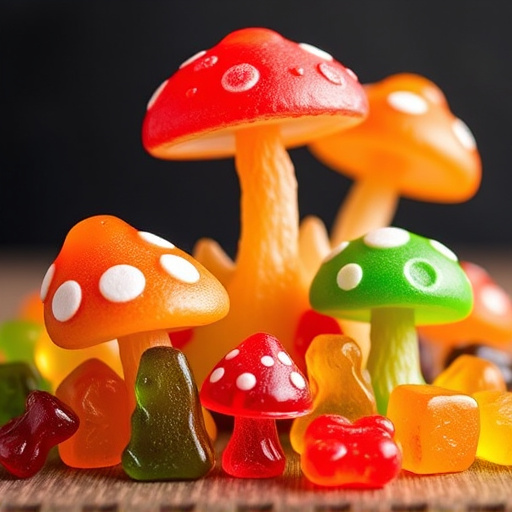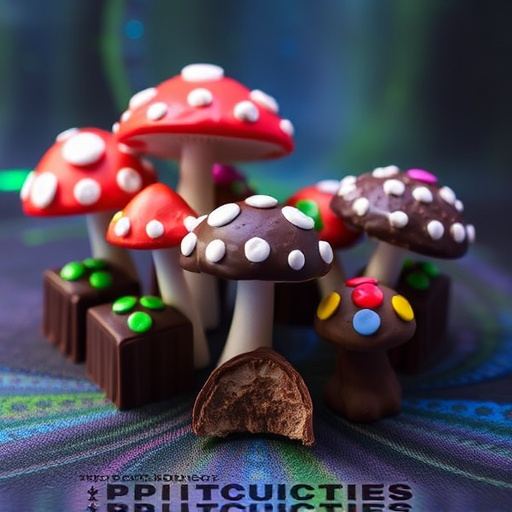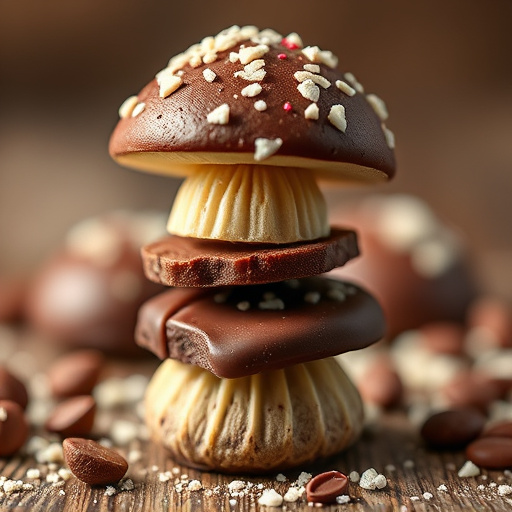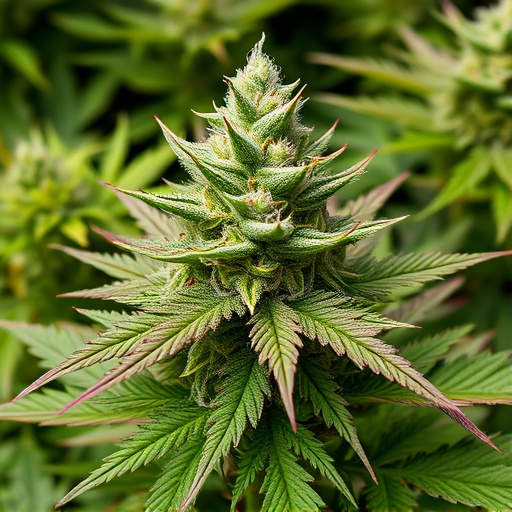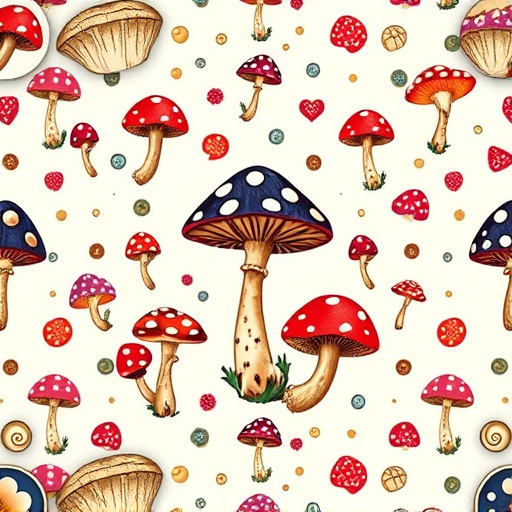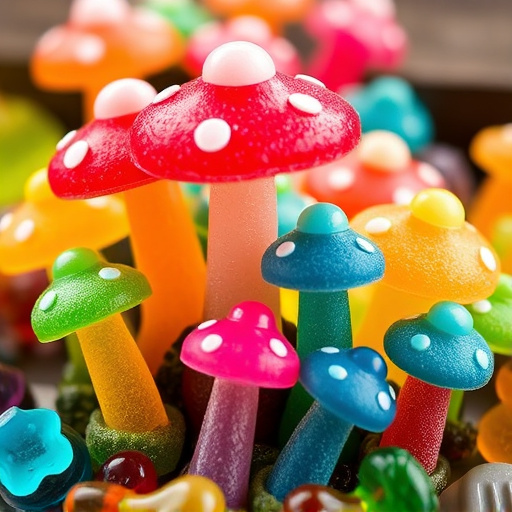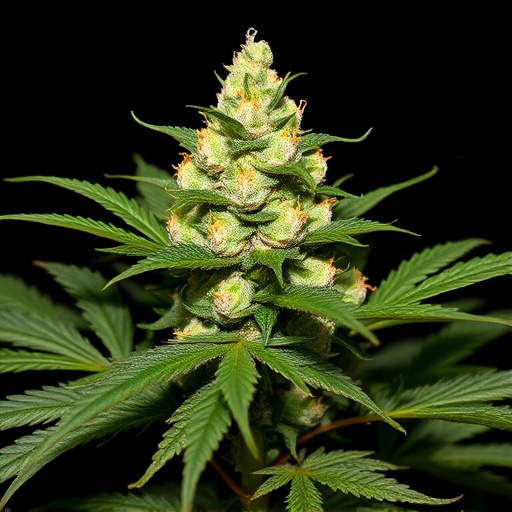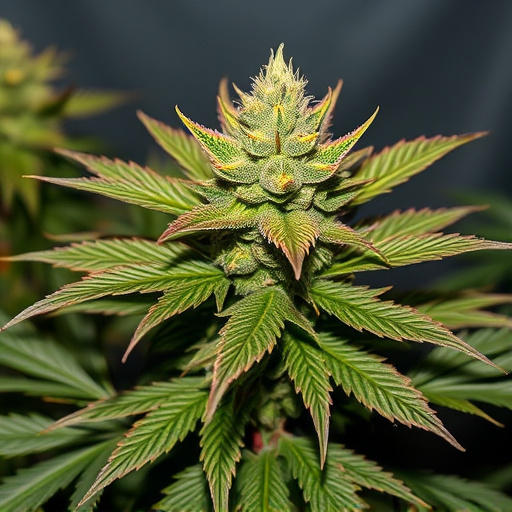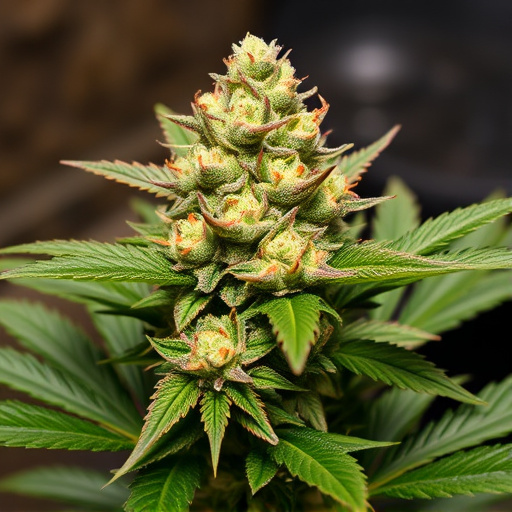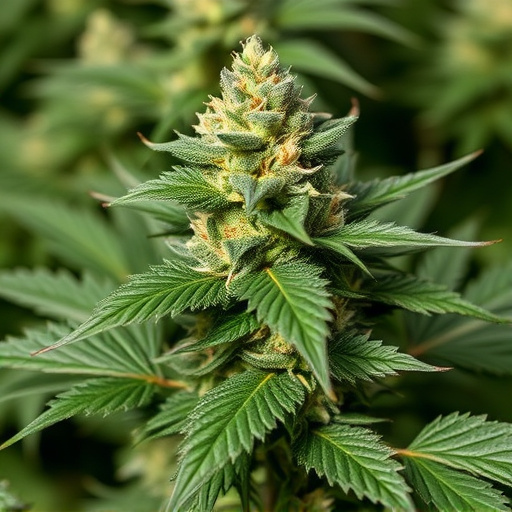Sleep is regulated by the endocannabinoid system (ECS), which includes endogenous cannabinoids like anandamide and receptors CB1 and CB2. Cannabis contains compounds THC and CBD, which interact with the ECS. THC binds to CB1 receptors, affecting mood and coordination, while CBD offers potential therapeutic benefits without psychoactivity. Big bud strains of cannabis are popular for their high concentrations of myrcene, a terpene with sedative effects, and elevated CBD levels, promoting restful sleep and refreshing wakefulness. Other cannabinoids like CBN and CBG also play significant roles in sleep regulation. Understanding these compounds allows users to select the ideal strain for personalized sleep therapy.
“Unwind and embrace a good night’s rest with cannabis flowers—a natural remedy gaining traction for its potential to soothe sleep troubles. This article delves into the science behind cannabis chemistry and its impact on sleep, specifically exploring the role of renowned Big Bud strains. We’ll uncover how these potent varieties facilitate restful sleep through their unique cannabinoid profile, offering a holistic approach to tranquility. Get ready to discover the enchanting world where cannabis meets slumber.”
- Understanding Sleep and Cannabis Chemistry
- The Role of Big Bud Strains in Promoting Restful Sleep
- Exploring Different Cannabinoids and Their Effects on Slumber
Understanding Sleep and Cannabis Chemistry
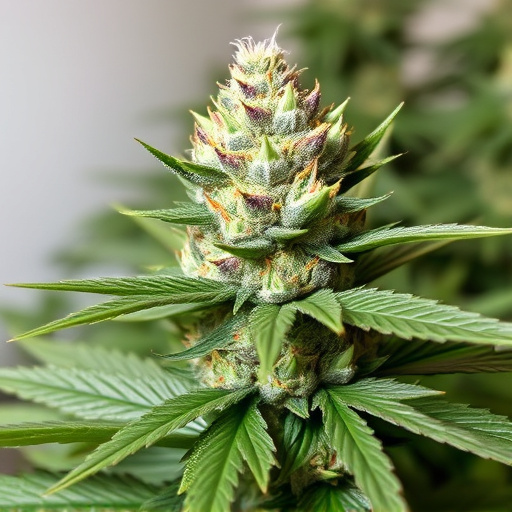
Sleep is a complex process that involves various chemical interactions within our bodies, primarily governed by neurotransmitters and receptors in the brain. One key player is the endocannabinoid system (ECS), which regulates mood, memory, appetite, and—crucially for this article—sleep-wake cycles. This system uses endogenous cannabinoids, such as anandamide, to interact with receptors like CB1 and CB2.
Cannabis flowers, particularly those known for their potent big bud strains, contain a variety of chemical compounds, most notably tetrahydrocannabinol (THC) and cannabidiol (CBD). THC primarily binds to CB1 receptors in the brain, influencing pleasure, memory, and coordination—often responsible for the plant’s psychoactive effects. Conversely, CBD interacts with a range of receptors, including CB2, and is known for its potential therapeutic benefits without inducing psychoactivity. This interaction with the ECS makes cannabis a fascinating topic of study for understanding and aiding sleep disorders.
The Role of Big Bud Strains in Promoting Restful Sleep

Big bud strains of cannabis have gained popularity for their potential to promote restful sleep. These varieties are known for their high concentrations of myrcene, a terpene that has been linked to sedative effects. Myrcene is believed to interact with receptors in the brain that regulate sleep-wake cycles, easing transition into deeper stages of sleep and enhancing overall restfulness.
Additionally, big bud strains often contain elevated levels of CBD (cannabidiol), a compound known for its calming properties. Unlike THC (tetrahydrocannabinol), CBD does not induce euphoria or disrupt sleep architecture. Instead, it supports relaxation without causing morning grogginess, making these strains ideal for those seeking to improve their sleep quality and wake up feeling refreshed.
Exploring Different Cannabinoids and Their Effects on Slumber
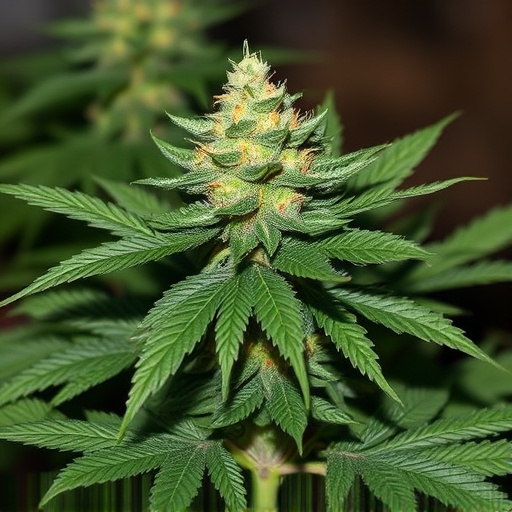
Cannabis flowers offer a complex mix of cannabinoids, each with its unique effect on the body and mind. When it comes to sleep, two primary compounds stand out: THC (tetrahydrocannabinol) and CBD (cannabidiol). THC, known for its psychoactive properties, can induce relaxation and drowsiness, making it a popular choice for those seeking better rest. However, it’s not just about the well-known THC in big bud strains; other cannabinoids like CBN (cannabinol) and CBG (cannabigerol) also play significant roles.
CBN, formed when cannabis ages, is renowned for its sedative effects, often described as a “sleep-inducer.” Meanwhile, CBG, present in smaller amounts but gaining attention, has shown potential in promoting relaxation without the intoxicating effects of THC. Understanding these various cannabinoids and their interactions can help users choose the right strain for their sleep needs, offering a more personalized approach to cannabis therapy for better quality rest.
Cannabis flowers, with their diverse chemical profiles, offer a natural approach to improving sleep quality. Understanding the interplay between cannabinoids like THC and CBD, along with specific traits of big bud strains, allows individuals to make informed choices. By selecting suitable strains for their needs, people can experience enhanced relaxation and restful sleep, potentially reducing reliance on traditional sleep aids. Further research into cannabis chemistry and its effects on slumber will undoubtedly lead to more effective and personalized solutions for better rest.
